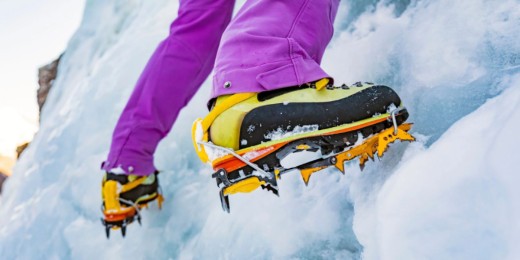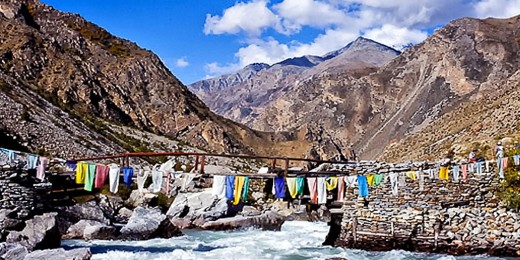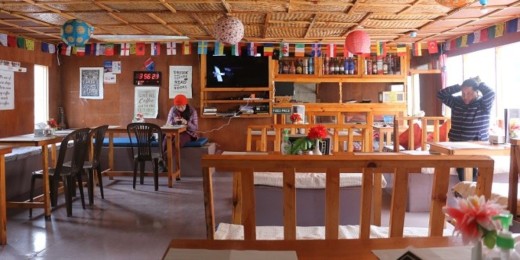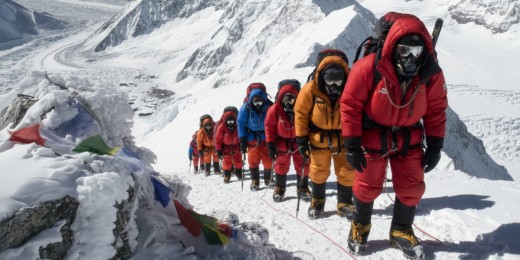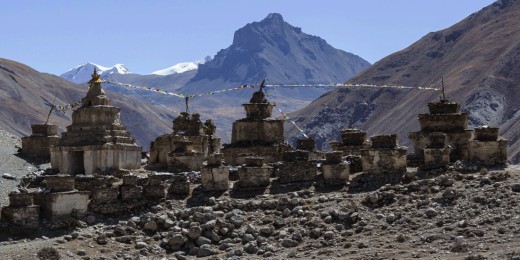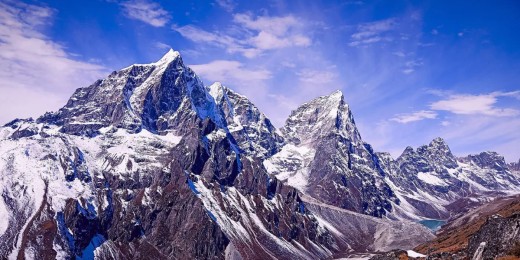Mera Peak Climbing Success Stories: Ordinary People, Extraordinary Achievements

Every time someone stands on the summit of Mera Peak, they carry with them more than just physical exhaustion and cold air. They bring stories of ordinary lives changed by an extraordinary mountain. Mera Peak (6,476 metres) is a trekking peak in Nepal’s Mahalangur region, one of the highest trekking peaks in the world. It offers panoramic views of Everest, Makalu, Kanchenjunga, Lhotse, and Cho Oyu.
But behind every summit success there are tales of struggle, preparation, fear, and triumph. Some people are climbers by profession; many are not. Yet, all of them become extraordinary. Here are a few success stories and facts that show what happens when determination meets the challenge of Mera Peak Climbing.
Hari Budha Magar: No Legs, No Limits
Perhaps the most inspiring of all is the story of Hari Budha Magar, a former Gurkha soldier. After stepping on an IED in Afghanistan in 2010, he lost both legs above the knee. Many would have stepped away from high-altitude goals. Not Hari. In 2017, he summited Mera Peak, becoming the first double above-knee amputee (DAK) to complete a climb higher than 6,000 metres.
Think about this: balancing on prosthetic limbs under thin air, battling altitude sickness, cold, and glacier travel. All of these are amplified when your mobility is altered. Yet Hari’s courage and training, along with meticulous planning, led him to touch the sky where most would say “impossible.” He later went on to conquer Everest itself. His story is a powerful reminder that adversity can become strength.
Madhusmita Patra: The Software Engineer Who Chose the Summit
Another moving tale is of Madhusmita Patra, a 30-year-old software engineer from Berhampur, India. The office desk, lines of code, and daily routines did not satisfy her wanderlust. In April 2025 she embarked on a trek to Mera Peak. Over 10+ days she trekked through rugged Himalayan terrain, forcing her body to adjust to freezing nights, thin air, and long days of walking. She set out of Kathmandu and started her final push at 2:30 am under freezing conditions. Despite altitude fatigue and harsh weather, she made the summit.
Madhusmita had trained beforehand: she had already climbed Africa’s highest peak, Kilimanjaro (5,895 m), and completed a rigorous 28-day basic mountaineering course in Darjeeling. But none of that fully prepares one for the moment when dawn breaks, winds gust, and every muscle demands surrender. Yet she did not. She held on to her dream. It is ordinary to work in software. It is extraordinary to trade the keyboard for crampons.
What the Numbers Tell Us
These stories are deeply personal. But they reflect larger truths about Mera Peak Climbing:
- Success rates for Mera Peak climbs are estimated around 70 to 90 percent, depending on fitness, weather, acclimatisation, and whether climbers stick to a well-prepared plan.
- The trek is considered non-technical compared to big Himalayan peaks like Everest or Manaslu. Still, climbers must use gear such as crampons and ice axes, and manage glacial crossings.
- In the 2024/25 fiscal year, 2,448 climbers secured permits to climb Mera Peak. That generated revenue through royalties exceeding those collected on many other trekking peaks.
- Mera Peak has three main summits: Mera North (6,476 m), Mera Central (6,461 m), and Mera South (6,064 m). Most climbers ascend Mera Central due to the relative safety and fewer glacial risks.
These facts show that many people succeed. What sets the success stories apart are the personal choices behind the facts: choosing to train, choosing to brave discomfort, choosing not to give up.
What Makes an “Ordinary” Person Become Extraordinary
From the examples above and many others, some common threads emerge.
- Preparation: Almost every successful climber did pre-trip training. Whether physical conditioning, attending mountaineering courses, or doing smaller treks first, this preparation is what lays the foundation. Madhusmita’s basic mountaineering course, Hari’s training despite his disability, all are proof that success is rarely spontaneous.
- Mental Strength: On Mera Peak, moments come when your mind wants to quit. Fear, altitude sickness, and exhaustion whisper doubts. But ordinary people push through. They anchor themselves in a deeper purpose: a long-held dream, a promise, courage, or simply proving to themselves that limits are for testing.
- Support and Guidance: Guides, Sherpas, and fellow climbers matter. They help in more ways than logistics. They carry hope, share knowledge, and calm fears.
- Adaptability: Weather changes, snow conditions shift, and glacier paths can be risky. Successful climbers adjust pace, listen to their bodies, and alter plans. Hari Budha Magar, for example, had to navigate extra challenges due to his prosthetics but also benefited from careful route selection. And many climbers hoping for Mera North sometimes choose Mera Central because of crevasse risk.
Emotional Turns on the Trail
To be on that rocky slope at 5,500 or 6,000 metres is not just about oxygen, shade, or boots. It is about memories, longing, fear, love, and home.
- In the dark predawn hours, climbers pull back on their hoods, goggles fogged, heart pounding. Maybe they think of family, maybe they think of failure, but still, they walk.
- Some remember their first hike fondly, laughing at how difficult that felt. Yet here they are, pushing through thigh-burn, blisters, and cold that turns lungs stiff. Every step becomes a tribute to the beginner that once was.
- At the summit, there is silence. Awe. The sky feels close. A wind whispers. And for a moment, every hardship melts into that point: the achievement. The tears, the laughter, the hug with someone who journeyed with you.
How Everest Trekkers Helps Ordinary People Be Extraordinary
To reach the summit of Mera Peak often requires more than individual effort. It takes experienced guidance, reliable logistics, safety measures, gear, acclimatisation schedules, and local knowledge. Organisations like Everest Trekkers provide exactly that. Their expeditions give climbing novices the tools to prepare, the support to persist, and the expertise to succeed safely and confidently. Whether you are dreaming of your first 6000-m peak or testing your personal limits, having the right partner matters.
Closing Thoughts: What Your Own Success Story Could Be
Maybe you are sitting reading this, and “ordinary” feels like your safe label. But your story can be extraordinary. If you decide to try Mera Peak Climbing, you will likely face cold that numbs, altitude that breathes thin, and doubt that whispers. You will also discover lungs that expand with effort, limbs that move beyond tiredness, and a heart that finds strength it knew was there.
And when you reach the top? You will look back on the trail, the camps, the moments you almost quit, and it will be worth it. Not just because of the mountain, but because of yourself.

